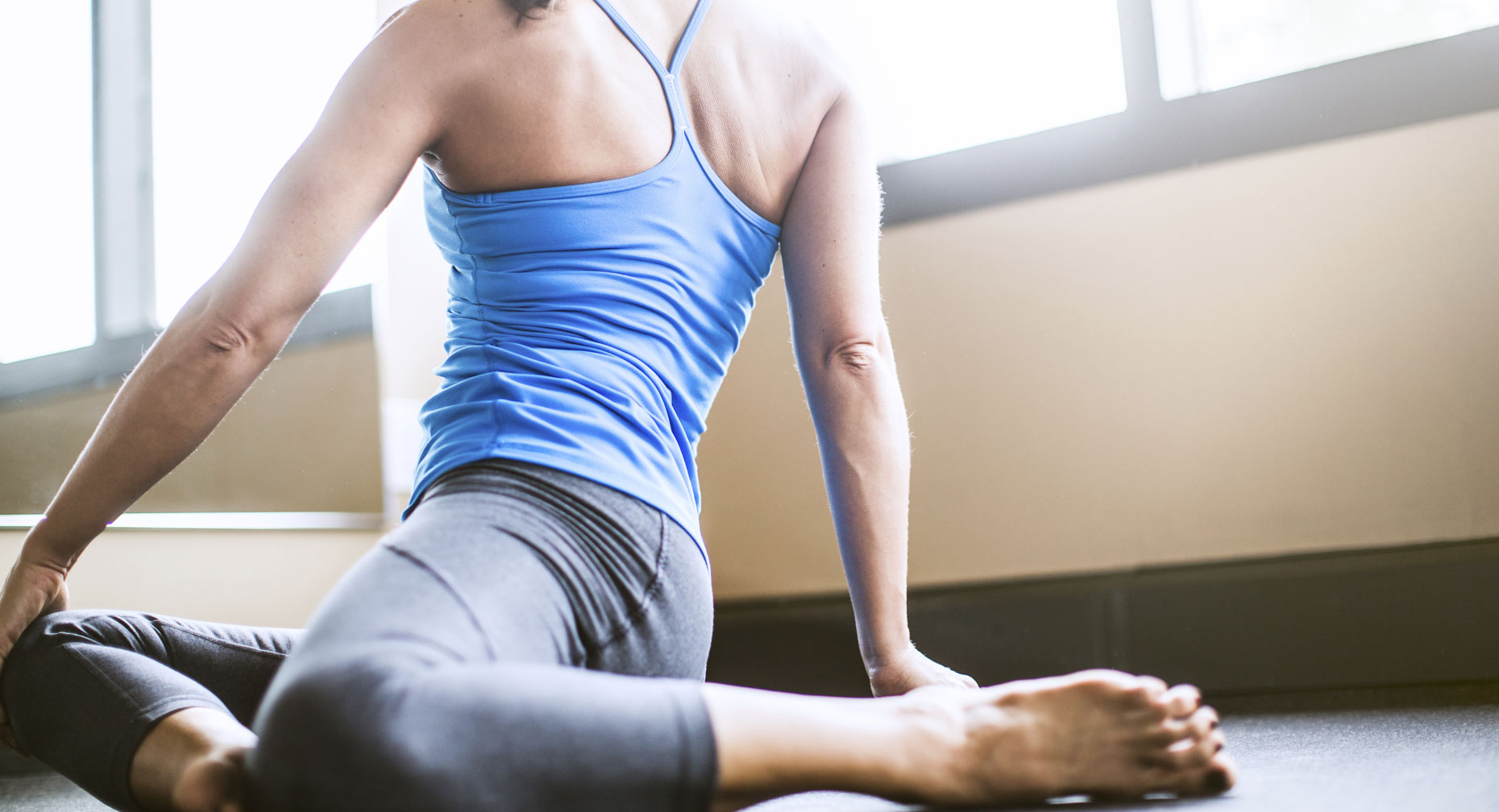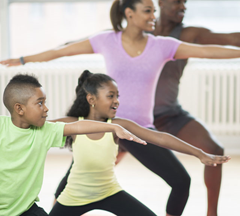The Essential Benefits Of Stretching

Find Your Perfect Match
Answer a few questions and we'll provide you with a list of primary care providers that best fit your needs.
Stretching is an instinctive activity. Most likely you’re already in the habit of stretching when you wake up to get rid of kinks in your body. You only have to watch the way animals and babies go through daily stretching routines to grasp how second nature this activity is.
Regularly stretching your muscles is a vital component of feeling your fittest. The many positive effects of stretching have been well-studied, including improving your flexibility, reducing soreness, and increasing athletic performance.
Stretching is just as important for your kids as it is for you. Dr. Christopher Lauricella explains.
Click play to watch the video or read video transcript.
10 Reasons to Stretch
Not convinced? The American Council on Exercise provides these very good reasons to stretch:
- Stretching can decrease muscle stiffness and increase range of motion.
- Through increasing the range of motion in a joint by stretching, you can reduce the resistance on your body’s muscles during an activity — and decrease the chance of a muscle injury if you make a sudden move.
- Stretching your muscles after a workout keeps them loose and lessens the shortening and tightening effect that can lead to post-workout aches and pains.
- Stretching the muscles of the lower back, shoulders and chest helps keep your back in better alignment and improves your posture.
- Well-stretched muscles hold less tension and thus can help reduce or manage your feeling of stress.
- Stretching your muscles allows them to relax, improving their circulation and their content of oxygen and essential nutrients.
- A flexible body creates more energy-efficient movements and improves functional performance.
- Stretching prior to exercise allows your muscles to loosen up and be better able to withstand the impact of the activity that will follow.
- Stretching increases blood supply to the muscles and joints, promoting circulation and greater nutrient transportation throughout your body.
- Flexibility in the hamstrings, hip flexors and pelvic muscles relieves stress on the lumbar spine, thus reducing your risk of low-back pain.
Tips for Proper Stretching
 The key to getting the most benefit out of stretching is to use the proper technique. If you have arthritis, joint dysfunction or back problems, it’s a good idea to check
with your doctor before beginning a stretching routine.
The key to getting the most benefit out of stretching is to use the proper technique. If you have arthritis, joint dysfunction or back problems, it’s a good idea to check
with your doctor before beginning a stretching routine.
Some general guidelines for you to follow in a stretching program are:
- Work at your own pace.
- Warm up before doing stretching exercises by first doing a bit of easy walking or arm pumping.
- Try to do your stretching exercises at least three times a week, for at least 20 minutes each session. Do each exercise three to five times at each session.
- Slowly stretch into the desired position as far as possible without pain. Hold the stretch for 10-30 seconds. Relax, repeat, trying to stretch farther.
- Don’t bounce. Stretch in a smooth movement.
- If you have lost some joint motion or feel stiff, range of motion or stretching activities should be done daily.
Learn about stretching exercises that can be done while sitting at your desk or standing in your work area. These are excellent for working on stretching wrists, arms, hands, shoulders, neck, chest, back and hips.
Lower leg stretches for the calf muscles and Achilles tendon can keep your lower legs limber and your joints pain free.
Stretching Before and After a Workout
Stretching before and after your workout is one way to help minimize post-workout soreness. And staying well-hydrated helps. Greg Schultz, Premier Health physical therapist, discusses how to best minimize post-workout soreness.
Dynamic stretching increases your body temperature and allows muscles to contract more efficiently and generate greater force, gets the heart and lungs ready to engage in vigorous activity, delivers oxygen to working muscles more efficiently, and elongates the muscles, thus improving joint range of motion.
Static stretching is done in response to specific muscle tightness or soreness. After holding each stretch for 10 to 15 seconds, the nerve within the muscle is triggered, allowing the muscle to relax.
Stretching the muscles of the lower back, shoulders and chest helps keep your back in better alignment and improves your posture.
Get in the Stretching Habit!
It’s well worth it to get in the habit of stretching before and after an activity to help you feel your best. Consider even adding movement to your stretching by incorporating aspects of Tai Chi or yoga into your workout.
Taking the time to stretch on a regular basis can produce great benefits for your overall fitness. By improving your flexibility, you make it possible for your joints to move through their full range of motion and for your muscles to move more effectively.
Find Your Perfect Match
Answer a few questions and we'll provide you with a list of primary care providers that best fit your needs.
Source: American College of Sports Medicine; American Council on Exercise; Greg Schultz, PT, DPT, CSCS, Premier Health Physical Therapist; Miami Valley Hospital Sports Medicine; Christopher Lauricella, DO







